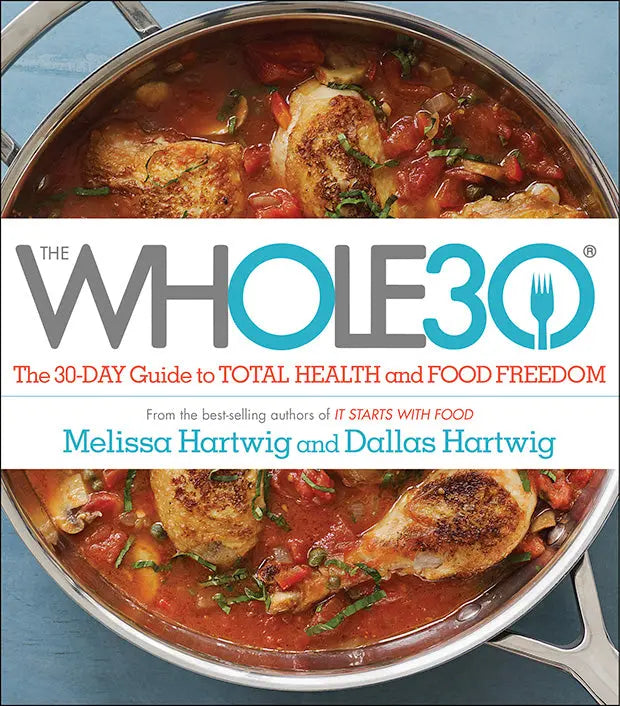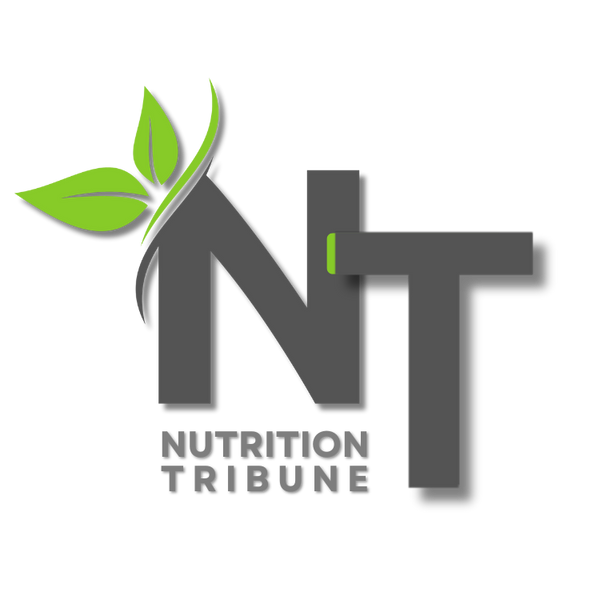
What Is the Whole30 Diet?
Share
The Whole30 diet has taken the fitness and nutrition world by storm. A simple search on Instagram yields over 2 million images and there are even products dedicated to help those who are following the plan. Even if you haven't heard of it, we are here to explain what it is all about.
What Exactly is the Whole30 Movement About?
First off the designers of the Whole30 plan would prefer that we do not refer to it as a diet, in fact, it is more of a movement or a body reset plan. It is designed to be utilised for a lifestyle change with the focus being on your health and not just a number on the scale. The whole30 plan is essentially a food, lifestyle and nutritional reset button. The plan is designed to be followed for 30 days (hence the name). 30 days of strictly sticking to the guidelines, no cheating and no excuses or you need to start the challenge again. Essentially the Whole30 plan can be thought of as a combination of the Paleo diet mixed with a stricter elimination diet. It cuts out similar food groups as the Paleo diet and the point of this is getting in tune with which foods agree with you and which foods are sabotaging your health.The Rules
So as we have mentioned the Whole30 plan is to be followed for 30 days straight. Absolutely no cheating even if it is your best friends wedding etc. If you do fall off the wagon the idea is to begin your 30 days again from the start. RULE #1: For 30 days you are to eliminate the following:- Grains: No wheat, rye, barley, oats, corn, rice etc etc
- Added sugar: including any artificial sweeteners or sugar substitutes-ditch them all!
- Alcohol: not even for cooking
- Legumes: no beans or lentils at all, no peanut butter or soy products like soy sauce
- Dairy: no dairy products which come from a cow, sheep or goat (clarified butter is allowed)
- Tobacco: no cigarette or cigar smoking
Why Eliminate These Foods?
The foods which are on the no-go list are thought to be inflammation causing and harmful to some people. The side effects of eating these foods could be experienced by you on a daily basis. Symptoms of intolerances can include difficulty losing weight, low energy, mood swings, trouble losing weight or even more serious problems like fertility issues or skin conditions (?). The idea is, that by cutting out these specific foods your body is able to heal itself naturally. Then by re-introducing them (slowly) you can figure out which foods or food groups affect you personally.So What Can I Eat?
Having a look at the no-go list is a bit scary as you might start to wonder what you are actually allowed to eat during the 30 day period. The good news is that there is actually a lot that you can still eat.- Unprocessed protein: eggs, chicken, beef, pork, fish, lamb, seafood, turkey etc
- Good quality oils and fats like olive oil, avocado oil, ghee, coconut oil, nuts, avocado
- Vegetables-any vegetable you desire, the more variety the better (no peas)
- Starchy vegetables like butternut, sweet potato, pumpkin and white potatoes
- Fruits
- Drinks: soda water, coconut water, mineral water, tea, 100% fruit and vegetable juices
- Condiments: fish sauce, mustard (sugar and additive free), tomato paste etc
